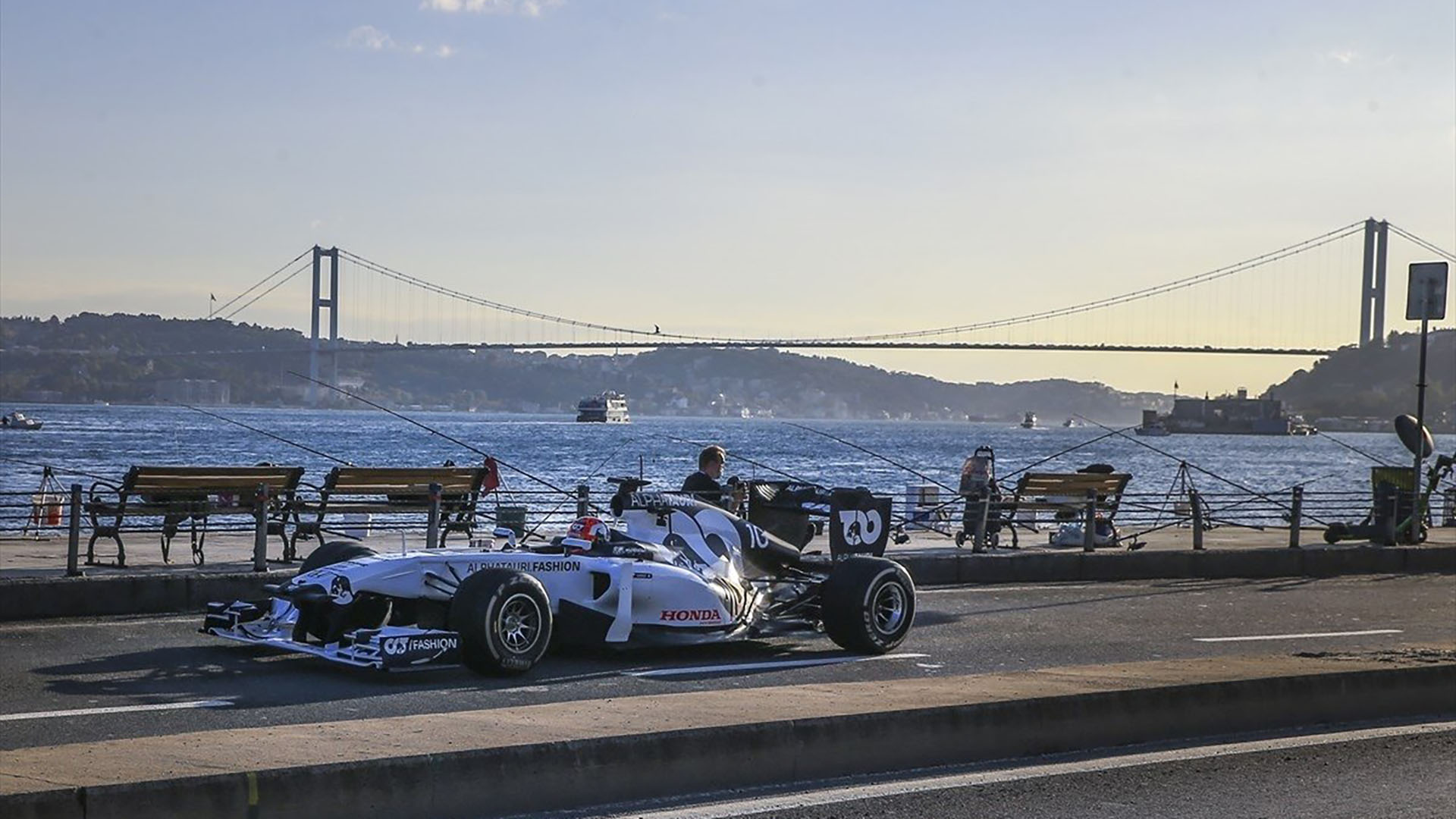Fast And Controlled
Racing is a passionate philosophy of life that excites us in every aspect of life and at every moment, due to the adrenaline our body secretes under stress. It is possible to compete in daily life in many areas ... In short, we can be in a race everywhere at any time in business life, on the subway, on the beach by bicycle ... We are talking about expensive racing F1 of course! Formula 1, which stands for F1, also known as Grand Prix Races, is a series of races that constitute the highest level of single-person, open-wheel car racing.
.jpg)
Formula 1 racing has its origins in European Grand Prix motor racing in the 1920s and 1930s. Formula is the set of rules that all participants and cars must follow. Formula 1, II. It is the name of the new rules agreed upon in 1946 after World War II. Many Grand Prix racing events were held for the World Championship before the war, but the World Drivers' Championship was not formatted before 1947. The first world championship race was held in England's Silverstone circuit in 1950. The championship for producers began in 1958. National championships were held in South Africa and England in the 1960s and 1970s. Non-championship Formula 1 races have been held in many years, but the last of them was in 1983 due to increased costs.
Italian Nino Farina won the first Formula 1 World Championship, the 1950 Formula 1 Season, with Alfa Romeo (Formula 1). The Argentine teammate Juan Manuel was able to take the first place by cutting Fangio. Between 1999 and 2004, Michael Schumacher and Ferrari won five unprecedented consecutive drivers' titles and six consecutive manufacturers championships. Today, the terms "Formula 1 race" and World Championship race have exactly the same meaning in practice; Since 1984, every Formula 1 race has been scored for the World Championship, and every World Championship race has been held according to Formula 1 rules. This was not always the case. In the old days of Formula 1, many other races were organized besides the world championship.
.jpg)
Contemporary F1 cars are single seater, with the driver's seat and wheels uncovered. Although teams produce cars themselves, almost all of them use engines and parts of major car brands. While the engines used in Formula 1 used to produce 900 horsepower with 3 liters, 10 cylinders and 19,000 cycles per minute, the V-type now produces 700 - 750 horsepower with 2.4 liters, 8 cylinders and 18,000 cycles per minute as a result of the rule changes made for 2006. . Until the 2008 season, each car had to finish two races with the same engine. However, with the new rule changes, each pilot has the right to use 8 engines in total throughout the season and the time of change is left to the pilots' strategies. The speed (gear) box consists of 8 semi-automatic speed positions. The driver moves from one speed position to another by pressing buttons on the steering wheel (without touching the clutch). With the new rule change made in 2014, 1.6-liter turbocharged V6 engines, which are still in use, began to be used instead of 2.4-liter V8 engines. These engines produce 750 - 800 horsepower with 15,000 cycles per minute. F1 cars are faster than any other single-seater race car. They are lighter and more technologically advanced than the cars used in Indiana races in the USA.
In F1 cars, there are many plastic and plastic derivative parts as in the cars we use individually, of course, with a difference, the plastic and plastic derivatives used in F1 cars are subjected to much superior performance tests. At the heart of modern Formula 1 vehicles is precisely the single body, called a monocoque. In the Formula 1 vehicle, the part that forms the pilot's life cell and cockpit is a monocoque. This part is the basis of the vehicle's chassis, and the engine and front suspension are directly connected to the monocoque. Being both a safety part and a structural part, the monocoque has to be very strong. Like most parts of Formula 1 cars, monocoque is made from carbon fiber. Some parts of the monocoque have 60 layers of carbon fiber. High-density woven laninate panels cover the strong light honeycomb structure. The life cell must be surrounded by a perishable accident protection structure. In the event of an accident, these accident structures primarily absorb energy. The life cell is protected by 6 mm thick carbon and Zylon. As you will remember from our previous content, this material is used in bulletproof vests and prevents carbon fiber splinter pieces from entering the cockpit.
In order to be light, durable and fast, the right material, the right application is made of plastic in racing cars as in every field.



